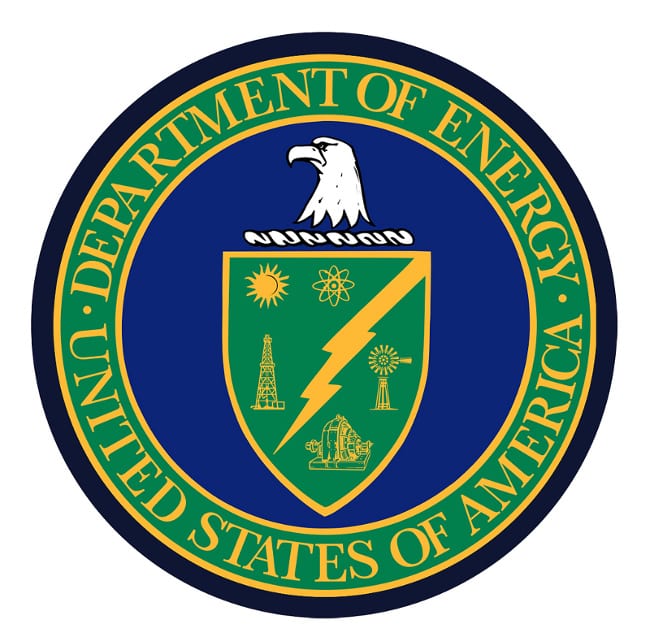I have taken the following from the U.S. Department of Energy website. I have put some comments into it to show how Trane heat pumps and Renaud Electric Heating and Cooling work for you.
Proper operation of your heat pump will save energy. Do not set back the heat pump’s thermostat if it causes the backup heating to come on — backup heating systems are usually more expensive to operate. [Look for a thermostat with “intelligent recovery.” You can turn it down at night and when it brings the temperature back up it the intelligent recovery only uses the heat pump for the most efficient way to bring the temperature up] Continuous indoor fan operation can degrade heat pump performance unless your system uses a high-efficiency, variable-speed fan motor. Operate the system on the “auto” fan setting on the thermostat [If you have a Trane variable speed air handler your best comfort and efficiency is to have continuous indoor fan operation ON because you have a high-efficiency variable-speed fan motor].
Like all heating and cooling systems, proper maintenance is key to efficient operation. The difference between the energy consumption of a well-maintained heat pump and a severely neglected one ranges from 10% to 25%.
Clean or change filters once a month or as needed, and maintain the system according to manufacturer’s instructions. Dirty filters, coils, and fans reduce airflow through the system. Reduced airflow decreases system performance and can damage your system’s compressor. Clean outdoor coils whenever they appear dirty; occasionally, turn off power to the fan and clean it; remove vegetation and clutter from around the outdoor unit. Clean the supply and return registers in your home, and straighten their fins if bent.
You should also have a professional technician service your heat pump at least every year [You use your heat pump for heating in winter and cooling in summer. Because you use your system summer and winter, Renaud Electric Heating & Cooling recommends service twice a year]. The technician can do the following:
- Inspect ducts, filters, blower, and indoor coil for dirt and other obstructions
- Diagnose and seal duct leakage
- Verify adequate airflow by measurement
- Verify correct refrigerant charge by measurement
- Check for refrigerant leaks
- Inspect electric terminals, and, if necessary, clean and tighten connections, and apply nonconductive coating
- Lubricate motors, and inspect belts for tightness and wear
- Verify correct electric control, making sure that heating is locked out when the thermostat calls for cooling and vice versa
- Verify correct thermostat operation.

